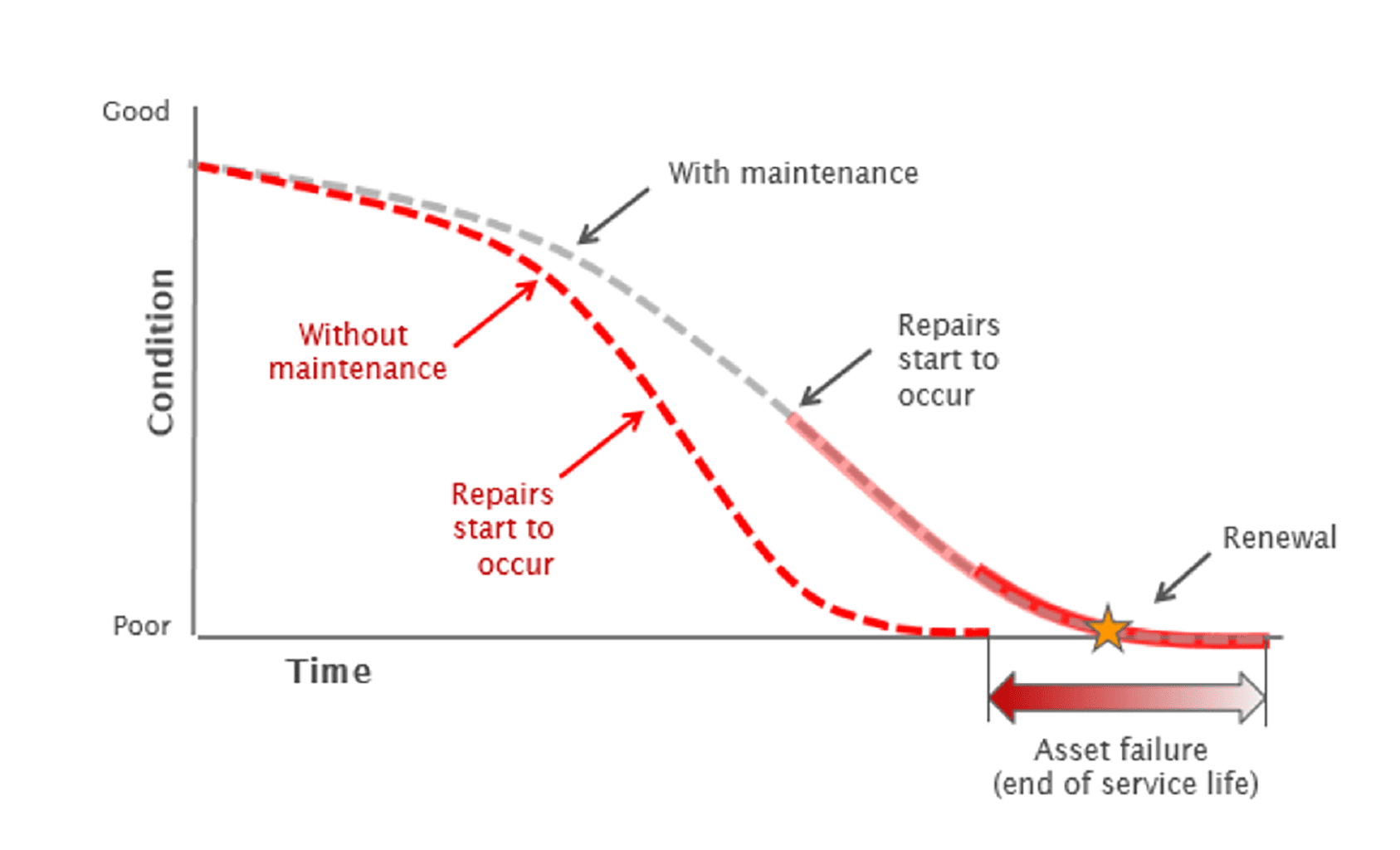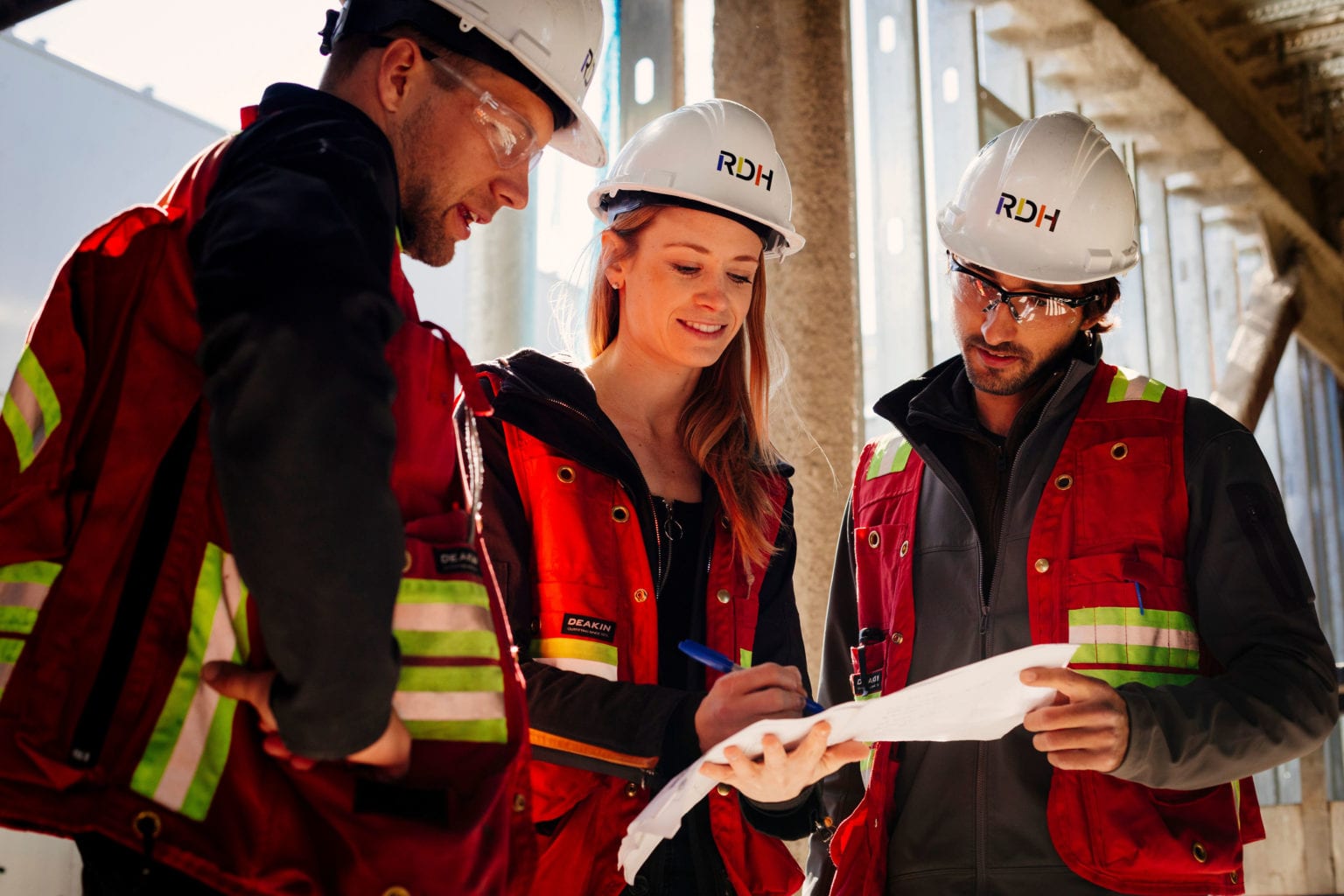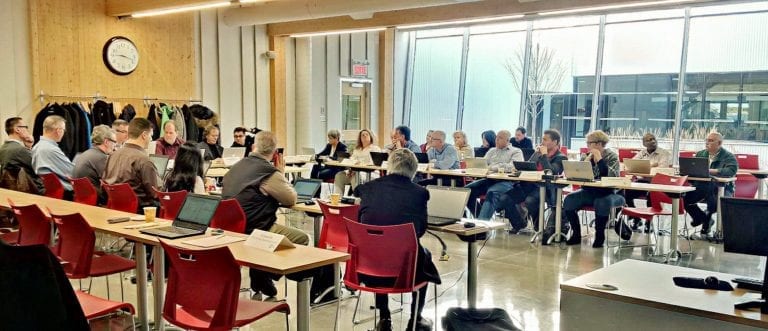Over the course of its service life, a building’s façade endures monumental environmental forces including seismic, atmospheric, and meteorological effects. In recognition of this fact and following the lead of many other cities across the United States, San Francisco recently enacted a façade inspection ordinance. The addition of Chapter 16E, a local amendment to the California Building code (CBC), describes the specific requirements for this façade inspection ordinance.
The purpose of the façade inspection ordinance is to ensure public safety, accomplished through periodic inspections of in-service building façades intended to preemptively identify cladding components whose attachment has degraded to a point that it could fall, posing a risk to both people and property below.
San Francisco is the first city in California to have such an ordinance, recognizing the increased hazard caused by the city’s history of strong and damaging earthquakes and the significant effects of corrosion given its relatively moist marine climate.
Understanding the Requirements
While routine inspections and maintenance are part of any good building management plan, San Francisco’s recently enacted ordinance implements a strict inspection schedule requiring that buildings five stories and higher undergo a façade inspection by a licensed engineer or architect every 10 years.
To comply with this new ordinance, building owners must submit a report produced by the engineer or architect who conducted the inspection to the City’s Department of Inspections prior to the initial inspection deadline. RDH has significant experience performing façade inspections using ASTM E 2270 Standard Practice for Periodic Inspection of Building Facades for Unsafe Conditions, which is the basis for the required inspections.
The timing for initial inspection depends on the age of the building. The ordinance prioritizes the inspection of older buildings, requiring the initial inspection report for buildings constructed prior to 1910 to be submitted before the end of 2021. Requirements for initial inspection of buildings completed between 1910 and 1970 can be found on the City and County of San Francisco website. Some buildings; however, are exempt from these requirements. RDH can assist you in determining if your building requires façade inspection and would be happy to walk you through the process and requirements.
What to Expect
Building owners should plan for these inspections well in advance of the required inspection date as the assessment may take a few weeks to complete. Façade inspections typically include the following elements:
- Review of the project documents including plans and specifications (if available) in order to understand the construction and determine potential problem areas
- Preparation of inspection drawings including floor plans, elevations, and typical wall details to be used in planning the investigation and recording observations during the investigation
- Evaluation of service history through review of maintenance logs, occupant questionnaires, and previous façade inspection reports
- Assessment of watertight integrity performed through a cursory interior leak survey and review of occupant questionnaires to determine if leaks are present. Water testing or infrared thermography may also be used to determine leak paths.
- General and detailed inspections conducted using either binoculars or drone photography to scan all walls to identify problem areas and areas requiring additional detailed, hands-on inspection using a swing stage or industrial rope access. This may include non-destructive testing such as sounding, pull-tests, probing, or removing loose or broken components.
- Reporting of unsafe conditions as required by the ordinance, through comprehensive documentation. If any unsafe conditions are found, the inspector will submit a report including a stabilization and repair plan to the Department of Building Inspection within 72 hours of the inspection.
- Reporting of inspection findings submitted to the building owner and the city officials in a written report summarizing the extent and results of our inspection
The Benefits of Façade Inspection
While the most important part of the ordinance is to maintain public safety, this ordinance can also help building owners detect problem areas. In building façade repair, a deferred maintenance item can easily turn into a costly repair while early detection can make repairs more manageable. When identified early, a bit of preventative maintenance can help save money on repairs in the long run.

Relationship Between Maintenance and Repair Costs
Another benefit of this ordinance is protecting the many historic landmarks that San Francisco is known for. Special considerations must be taken in the repair of buildings that are considered a Historic Resource. RDH has a team of engineers and building science experts qualified in the inspection and maintenance of historic buildings.
The RDH Approach to Façade Inspections
At RDH, our experienced engineers and architects plan ahead to efficiently assess the current condition of your walls, determine the causes of performance issues, and quantify the extent and severity of the damage that has occurred. To ensure no detail is overlooked, our team includes individuals certified by the Society of Professional Rope Access Technicians (SPRAT) to use boatswain’s chairs for façade inspections, giving our team an up-close look at any building, whether 4 stories or 14.
RDH has provided façade inspection and repair services for numerous projects on the West Coast. From cutting-edge designs to historic landmarks, RDH has helped building owners understand performance issues and effectively address them. To learn more about RDH’s work, read this Case Study on our façade inspection services on the Oregon College of Oriental Medicine.
Your Next Steps
With the new ordinance in effect, the clock is ticking! Now is a great time to assess your building’s façade and determine if there are any preventative maintenance items you can address. It’s a win-win: get ahead of costly repairs and fulfill the requirements for the new city ordinance. What are you waiting for?
Contact RDH today to speak with our façade inspection team and learn how we can determine a plan of action suited to your building’s needs.



